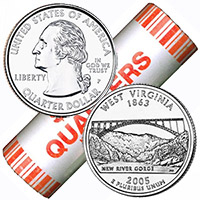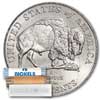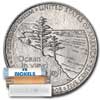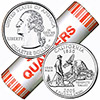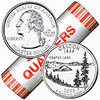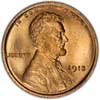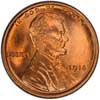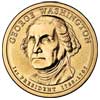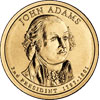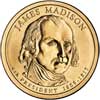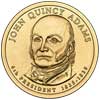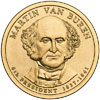Prior to gaining statehood, the area that is now West Virginia formed the western part of Virginia. Settlers in the western part of the "Old Dominion" began their efforts to join the federal Union when Virginia announced its secession in 1861. In the western part of the State, the Restored Government of Virginia in Wheeling drafted a state constitution in 1862. The new state called West Virginia applied to Congress for admission into the Union. Congress approved the request with one condition, that the new state abolish slavery. President Lincoln signed the West Virginia statehood bill and on June 20, 1863, West Virginia officially became the 35th state to be admitted into the Union.
The design chosen to represent West Virginia is one that combines the natural physical beauty of the State and the triumph of the human intellect exemplified by the engineering wonder that is the New River Gorge Bridge. At 3,030 feet long and 69 feet wide, the bridge is the world's largest steel span and the second highest bridge in the United States, rising 876 feet above the New River Gorge in southern West Virginia. In 1978, 53 miles of the New River was added to the National Park System as the New River Gorge National River.
For years, crossing the New River Gorge meant long detours along narrow, winding mountain roads. The completion of the bridge in 1977 reduced this dangerous 40-minute trip to a smooth and scenic one-minute drive.
Mintage:
| Philadelphia | Denver | Clad Proof | Silver Proof |
| 365,400,000 | 356,200,000 | 3,262,960 | 1,678,649 |

